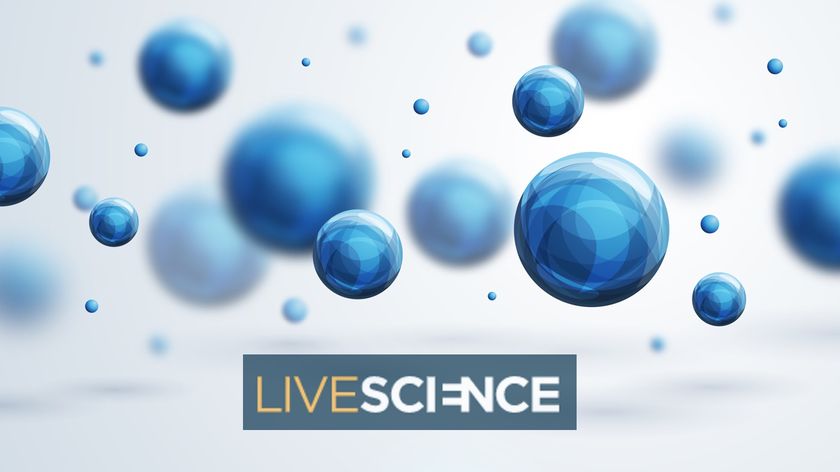Experts Predict the Future of the 'Internet of Things' (Infographic)

In 2014, the 25th anniversary of the invention of the World Wide Web, a new type of interconnectedness is being created. The proponents of the so-called “Internet of things” envision a world with billions of devices, products, body implants and accessories that communicate with each other and to advertisers, health care providers and other agencies.
"Our notions of privacy and sharing will continue to evolve . . . with new tradeoffs needing to be understood and dealt with," said J.P. Rangaswami, chief scientist for Salesforce.com
In a survey of 1,606 experts (technology builders, analysts and futurists), 83 percent of those surveyed indicating that by the year 2025, the Internet of things will have widespread and beneficial effects on the everyday lives of the public.
Some examples of the Internet of things include:
• Milk cartons containing sensors that send signals to the homeowner or grocery store when they are nearly empty.
• Computer chip under the skin that provides real-time vital signs to self-trackers and medical providers.
• Remote control apps that allow users’ phones to monitor and control household activities, from pre-heating the oven to running your bath.
• Smart cities, where sensors and GPS tracking facilitate smoother flows of traffic.
• Sensors on infrastructure that give regular readings on wear and tear and provide alerts when repairs are needed.
• Smart appliances, working with smart electric grids, that run themselves or perform their chores after peak loads subside.
Experts expect the Internet of things will progess significantly between now and the year 2025.
"Nearly everything in daily life will have a connected application associated with it. We can think of each person as a plug and each part of life as a socket . . . each step along the way will be able to recognize your common identifier and tailor your experience accordingly," said Patrick Stack, manager for Accenture Interactive.
The biggest impact by 2025 will be found in machine-to-machine interfaces, where devices talk to each other, rather than in human-centered communication.
This new data-saturated world raises substantial concerns about privacy and one’s ability to control one’s own life.
"The ‘Cloud’ sounds nice but is only a corporation’s huge bank of servers collecting your information. People will rebel against this, (but) if the corporations beat them to the game of locking them into their software and allow for no escape from their ‘Cloud,’ the corporations and governments win," said Larry Gell, director-general of the International Agency for Economic Development.\
Voice and touch interfaces will advance, but few expect that brain-to-network connectivity will be typical in 2025.
"I see three forms of interaction: some based on bodily signals, be they emotional or cognitive; some based on coded bodily signals (push buttons, etc.); and some based on speech. Eye movements will be very difficult to use regularly," said Niels Ole Finnemann, professor and director of Netlab, DigHumLab Denmark.
Some experts expect there will be complicated, unintended consequences.
"We will live in a world where many things won’t work, and nobody will know how to fix them, said Howard Rheingold, Internet sociologist, writer, consultant and educator.
Sign up for the Live Science daily newsletter now
Get the world’s most fascinating discoveries delivered straight to your inbox.



